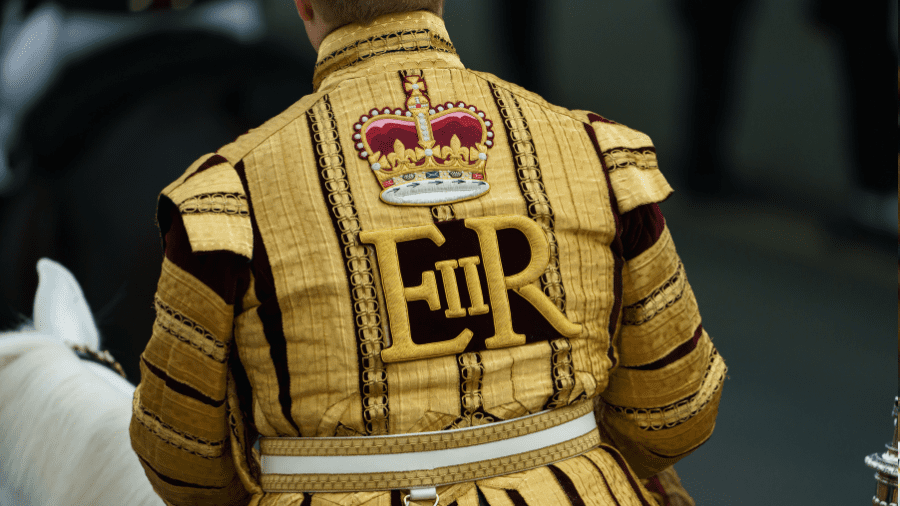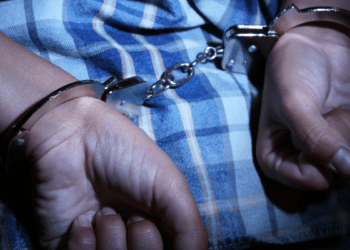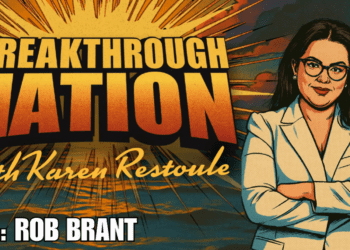By Patrice Dutil, December 21, 2022
“It is very good to be home.”
–Elizabeth II, June 28, 2016
Canada lost more than a Queen on September 8, 2022; it also lost a friend and a fan. Over her 70-year reign, Elizabeth II visited Canada 22 times, a bit more than once every three years. She visited practically every region, from Nunavut to Victoria to Quebec to Halifax and hundreds of points in between.
Ever the diplomat, she admired and appreciated what she saw, and rarely missed the opportunity to encourage Canadians to do something exceptional: to look at themselves in the mirror and see the good in what they saw. She wanted to be a part of it, too. “I want the Crown in Canada to represent everything that is best and most admired in the Canadian ideal,” she told an Alberta crowd in 1973.
Elizabeth II played the role of a good mother, and for more than 98 percent of us, she had been our only monarch, one of few things we had experienced together for generations. Most kids become aware of current events around ages 6 to 7. In Canada, this means that the only people who might have sung “God Save the King” at school would have been born before 1945. Any younger than that (that is, any younger than 77) and the only monarch you had ever known was Elizabeth II.
According to StatsCan’s demographic estimates, this would represent about 1,484,847 people. Take away from that block people who arrived to Canada after 1952 and who would have only known Elizabeth II as the Queen, and you easily get half that number. Therefore, out of a population of 38,523,743 today, less than 2 percent of the Canadian population might remember when King George VI reigned.
As with the very best of mothers, she was generous, and she was not often wrong. As the years wore on, and as she matured, her speeches reflected a deeper appreciation of the cultures that animated the “eldest daughter of the empire.”
She once shared this story about her mother who encountered two crusty Boer War veterans at a veterans’ hospital in Quebec in 1939. They were both of Scottish roots, and got into a dispute over Queen Elizabeth’s true identity. One argued that because the Queen Mother was born in Scotland, she was clearly a Scots. The other pointed out that she had married an Englishman, so her identity was necessarily English. The question left unsettled, they asked her directly when they were introduced. She paused at the unexpected query. “Since I have landed in Quebec,” she offered, “I think we can say that I am Canadian.” Perfectly acceptable answer.
Elizabeth II reflected on this event 60 years later. “You are constantly redefining your national identity, what it means to be Canadian,” she told a crowd in Vancouver in 2002. She said it with admiration, capturing evidence that eludes us too often. She did not miss the opportunity to assert the crown in the process: she wanted “to play my part in the Canadian identity, to uphold Canadian traditions and heritage, to recognize Canadian excellence and achievement, and to seek to give a sense of continuity in these exciting, ever-changing times in which we are fortunate enough to live.”
Continuity – the essence of stability, tradition and heritage – was what she incarnated. On her first visit to Canada in 1951, she visited Regina and was met by Tommy Douglas, the Premier of Saskatchewan. She marvelled at the ambition of the generation she met. “These men and women did not simply hope for a brighter future; they devoted every day to achieving their vision, not so much for themselves but for their children, and their grandchildren – for everyone.”
Elizabeth II recognized that the inhabitants came from around the globe, never forgetting the First Nations that had called the Prairies home for millennia. She saw in the mix something special: “The spirit of nation building here in Saskatchewan and Canada truly falls on fertile soil. With this spirit the promise of the future is boundless.” Again, she did not hesitate to inject her belonging: “I retain a deep affection for this great country and for the people who take such pride in saying ‘I am Canadian’.”
As she grew older, and often as the eldest person in the room, Elizabeth allowed herself to share what she had seen. “In my lifetime, Canada’s development as a nation has been remarkable,” she said in 2010. She nodded at the obvious wealth of the country and its vast geography, but emphasized the “values… simply found in the hearts of ordinary Canadians” such as a “commitment to freedom, fairness and the rule of law… and the service of peace.”
She also noticed a sense of assurance. “With each visit,” she said, she noticed “a clear sense of pride,” a “confidence and engagement.”
“It means something to be a Canadian,” she told that audience in Regina in 2005. In Winnipeg five years later, she said that she had “watched with enormous admiration how Canada has grown and matured while remaining true to its history, its distinctive character and its values.”
Elizabeth II insisted on a respect for the past, whatever its grave errors and cruelties. In a speech at Canada House in London on November 4, 2008, she encouraged her audience to “join together in looking to the future by reminding ourselves of how the past can inform the present.” At another occasion in Edmonton, she commented on “the gratitude you feel towards generations of elders and forebears whose hard work built the Alberta of today.”
She talked about history as something to be seen “as a foundation for our present and future.” She dedicated her visit to Alberta that year to honouring “the spirit of those who built this great nation,” and to reminding her listeners that the future had to be kept in mind so “that we can indeed make a difference for those who will in turn come after us. If we strive, in our own lives and our own way, to leave the world around us a little better than we have found it and to maintain the highest standards in everything we do, we can legitimately take pride in our contribution.”
Elizabeth II reminded us that preserving the past was important, but that resisting change was not advisable. “There is such a difference between the Canada I see today and the one I saw for the first time in 1951,” she told an Ottawa crowd in 2002. “With each one of my visits, I am fascinated to see to what degree life has changed.” She again reflected on how Canada on the 150th anniversary of Confederation. “Throughout the years, particularly since your Centennial year,” she said, “I have watched Canada develop into a remarkable nation.” She saw more women, more diversity, more of a willingness to share may have made the difference. She saw more equality, more freedom and more inclusion.
She never said Canada was perfect, but more than any prime minister or governor general, she was a faithful witness to the development of the country, trusting the hand of steady progress, and reassuring those who listened: “my family and I are with you in spirit.” Elizabeth II, the good and steady monarch who liked to call Canada “home,” was a gift to a fractured country. Her message about Canada is eminently worth remembering.
Patrice Dutil is a Senior Fellow at MLI and teaches political science at Toronto Metropolitan University.






